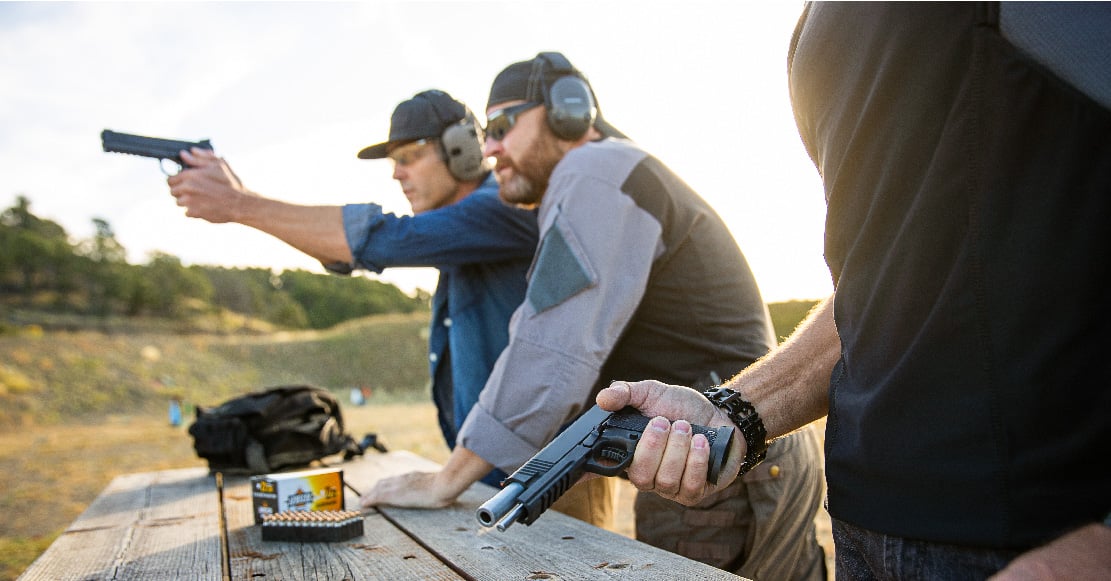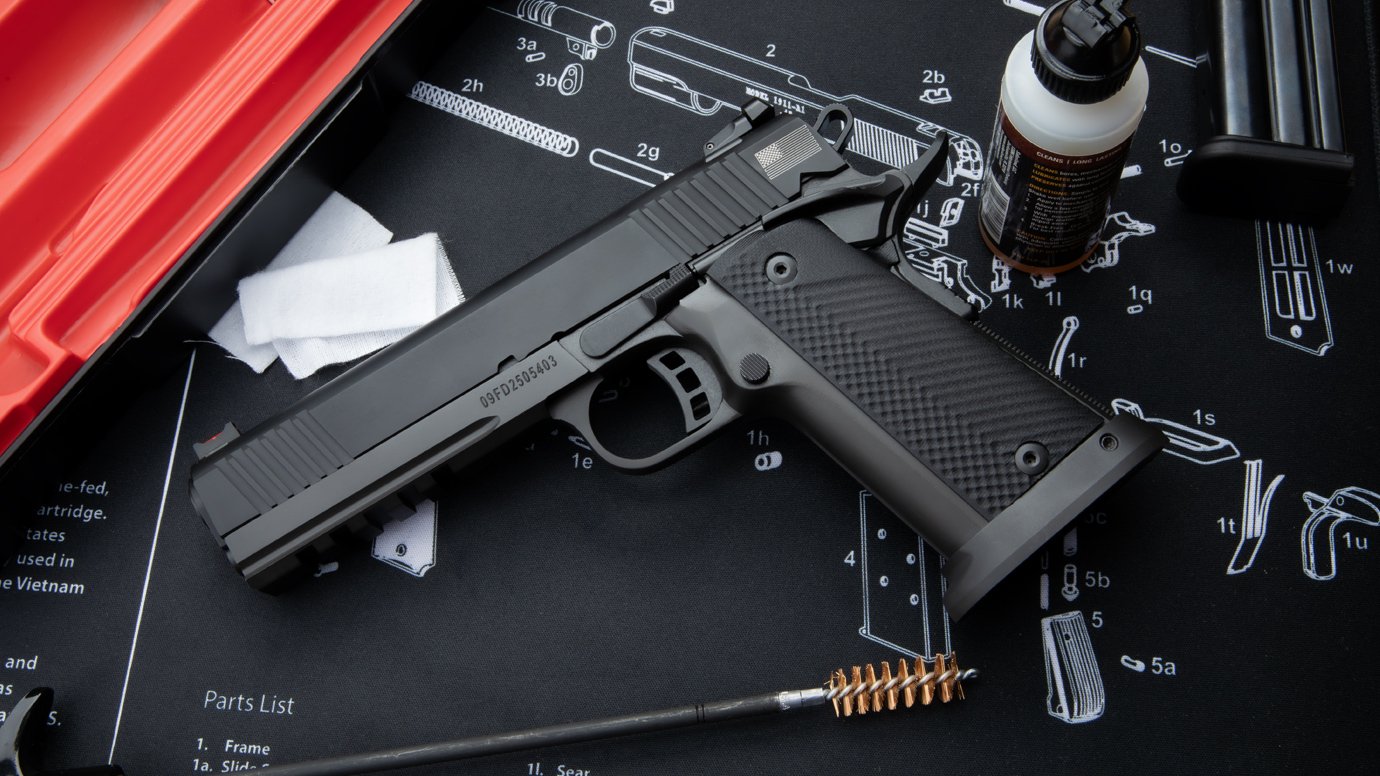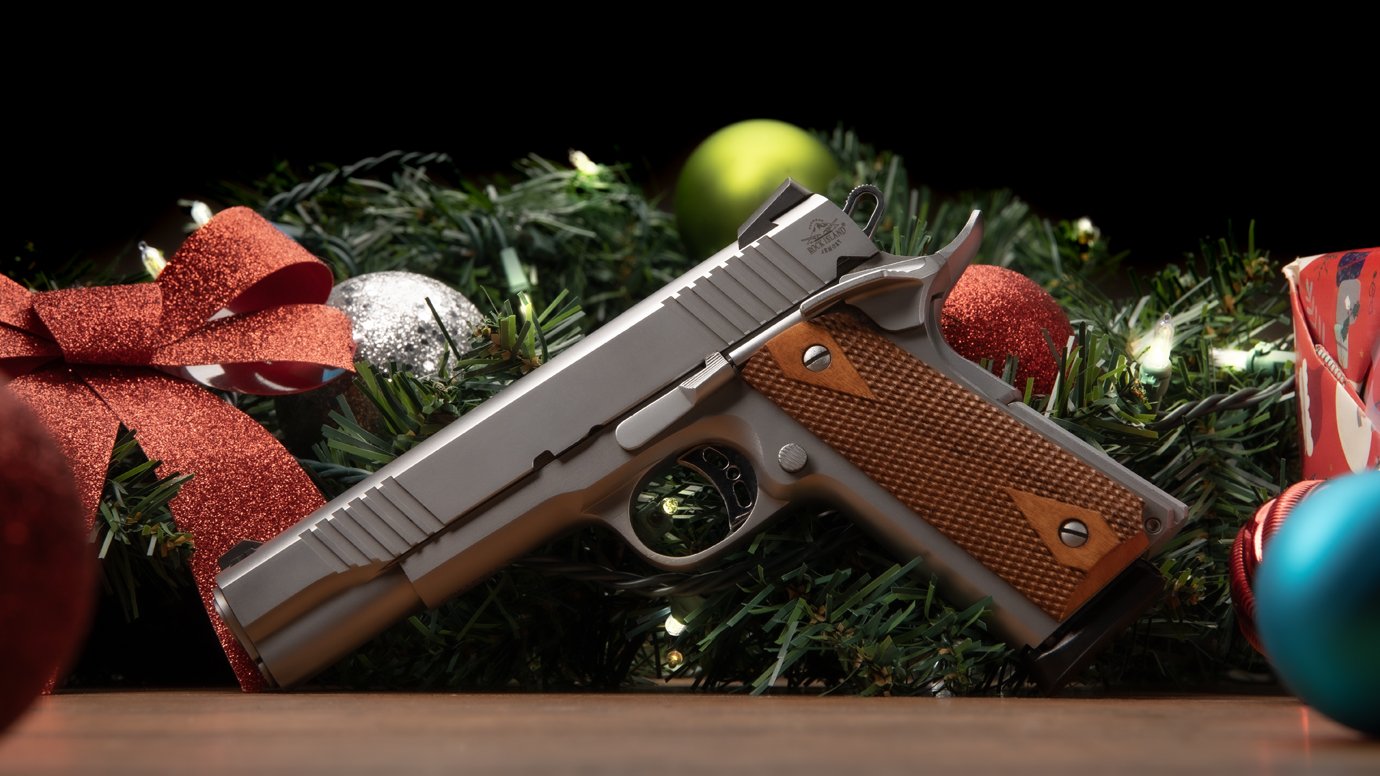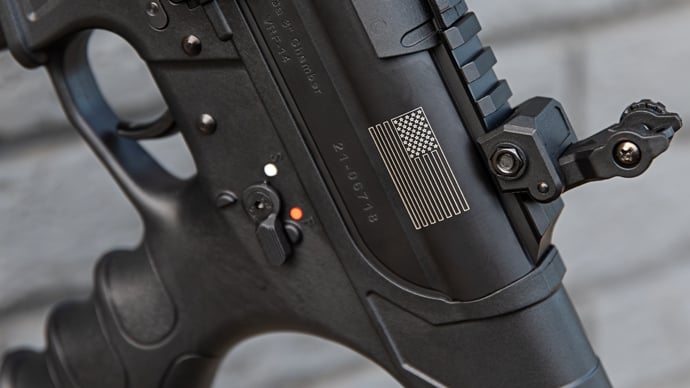Range Shooting: The Basics
Posted by Team Armscor on Apr 28, 2022 17 Minute Read

Range time is great for your shooting skills. But most of us don’t take the time out of our schedules to put rounds down range as often as we ought to. Whatever your reason, it's important to understand why squeezing in some time at the range is so important—and how to make the most of your time while you’re there.
First things first. Why go to the range?
It builds muscle memory: When you consistently spend time at the range stepping through the motions of your shot, your muscles start to remember what it feels like to take aim where you’re looking.
It improves your aim: Nothing beats time logged at the range making adjustments to your breathing, grip and sights to sharpen your precision.
It prepares you for malfunctions: By going to the range regularly, you can prepare yourself to manage malfunctions safely and efficiently.
It builds your confidence: When you regularly practice at the range, your firearm begins to feel like an extension of yourself.
It improves your draw speed: If you're going to need to draw quickly under pressure, it's important that your body knows exactly how to get that done well before your score or your life depends upon it.
Make sure you pack these items when you go to the range.
If you don’t own a range bag or are looking to upgrade, check out this Rock Island Armory bag. If you do, you’re ready to cram it full with all sorts of fun stuff that can help you make the most of your day at the range.
- Protection for your eyes and ears
- Holsters
- Extra ammo and magazines
- Cleaning kit: brushes, lubricant, rags
- Tools to adjust your sights (if needed)
- Mag loader
- Pens, markers, patching tape
- Staple gun (for attaching paper targets to a frame)
- Pocket knife/multi-tool
- Range finder and spotting scope
Things to practice while at the gun range
First things first: Your first few times at the range should be about having fun and staying safe and relaxed. Your skills will come over time. First-timers may want to try “point-shooting,” an easy drill that helps you focus on your grip and footing than accuracy. Don’t let yourself get discouraged if you’re not ringing up bullseyes right away.
Also—bring a friend! It’s just more fun this way, and your range buddy (especially a more experienced shooter) can help you load magazines, talk you through issues with your form and more.
As you develop your discipline over time, make sure you pay attention to these skills while you’re at the range. They may seem like little things, but they can make all the difference.
Watch your grip and thumb placement: How you hold the gun sets the stages for everything else that follows, including your trigger control and your aim. When you've got a solid grip, you'll manage recoil more easily and, consequently, your shot groups will be tighter, your aim will reset faster and you'll be able to fire your follow-up shots faster.
Master your flinch reflex: There are three main problems that people encounter when it comes to trigger control and flinching. If you don’t manage them properly, you won’t be able to find consistency in your shooting.
- Pushing/snatching: Shooters who are pushing/snatching their shots are either pushing their shots to the left by applying too much leftward force to the trigger or snatching their shots to the right by applying too much rightward force to the trigger. This happens most often when shooters anticipate the recoil and brace against it. Instead of fighting it, focus on maintaining a good grip and stance so the recoil snaps the firearm back into shooting position.
- Flinching/heeling: Flinching is the act of anticipating the shot and suddenly jerking the gun just prior to firing, which can push your shots off target. Heeling is the act of applying too much pressure to the grip of the gun just prior to firing, which pushes your shots up. Use snap caps or dummy rounds to train yourself to recognize when you flinch.
- Finger placement: If you're pulling the trigger too much with the tip of your finger, you will almost certainly push your shots to the left. If you pull the trigger with the inside of your first knuckle, you're likely going to pull your shots to the right.
Align your sight with your aim: When you’re taking aim, focus your vision on the front sight of your firearm. Once you're focused on the front sight, shift your attention to aligning the front sight, rear sight and the target. To do this, you center the front sight in the notch of the rear sight—ensuring that the tops of the sights are level with one another. Then, you align the dots on your sight with the horizontal center of the target and the top of your sights with the vertical center of the target.
Your stance is your foundation: it's important to pay close attention to the proper form of your stance and to practice in it regularly. As you continue to practice in a set shooting stance, your shot will become more stable, and you will gain more confidence in your shooting abilities because you will have corrected the drift.
Things go wrong: How to deal with firearm malfunctions
A gun failure can be extremely dangerous if you don't know the proper methods of handling it. We want you to stay safe while shooting, so we put together some of the most common handgun failures and how to fix them. Remember—your time at the range is vital to encountering these failures and learning how to fix them.
And remember: No matter what you handgun's malfunction is, it's vital that you take it seriously. Knowing the proper methods to manage each failure can be the difference between life and death in a defensive gun use scenario and can prevent tragic accidents at the range our in competition.
Hang fire or a dud round: These dangerous failures are indistinguishable from each other and you should treat them the same way. Dud rounds are rounds that can’t/won’t fire because of a manufacturing error. Hang-fire rounds are delayed from firing due to a mechanical malfunction.
Clear it: The most important thing to remember is to keep the gun aimed down range and wait. Waiting a minute or two ensures you’re not dealing with a delayed discharge and you can be confident the round was a dud. Then, remove the round and (just to be extra safe) drop it into water.
Failure to feed: This occurs when your handgun doesn't successfully load the next round from your magazine into the chamber. When it happens, you'll notice that your slide will not be fully forward, having been stopped from returning to battery by the unchambered cartridge.
Clear it: Remove the magazine and rack the slide back. Do not attempt to remove the round without first removing the magazine.
Stovepipe/failure to eject: This happens when a spent cartridge is not correctly ejected from the ejection port and is instead held vertically by the slide as it attempts to return to battery.
Clear it: Aggressively rack the gun or sweep your hand over the top of the gun's slide to remove the spent casing from the ejection port.
Squib load/incomplete discharge: This extremely dangerous failure occurs when a bullet does not have enough force to leave the barrel and, instead of firing down range, is lodged inside the barrel—blocking other rounds. Firing another round following a squib load can lead to catastrophic affects, such as an expanded or exploding barrel.
Clear it: Remove your magazine from the gun and rack the slide to clear the chamber. Once that's done, looking safely from behind with the barrel pointed in a safe direction, look through the gun's ejection port and into the barrel. To clear obstructions, find something long and thin to clear the squib load without scratching the inside of the barrel.
This is a lot to take in, so make sure you refresh yourself on the information from time to time. We want you to be safe and productive at the range. No matter your skill level, you can always learn more. Visit our Recreational Shooting resource page for more info.







